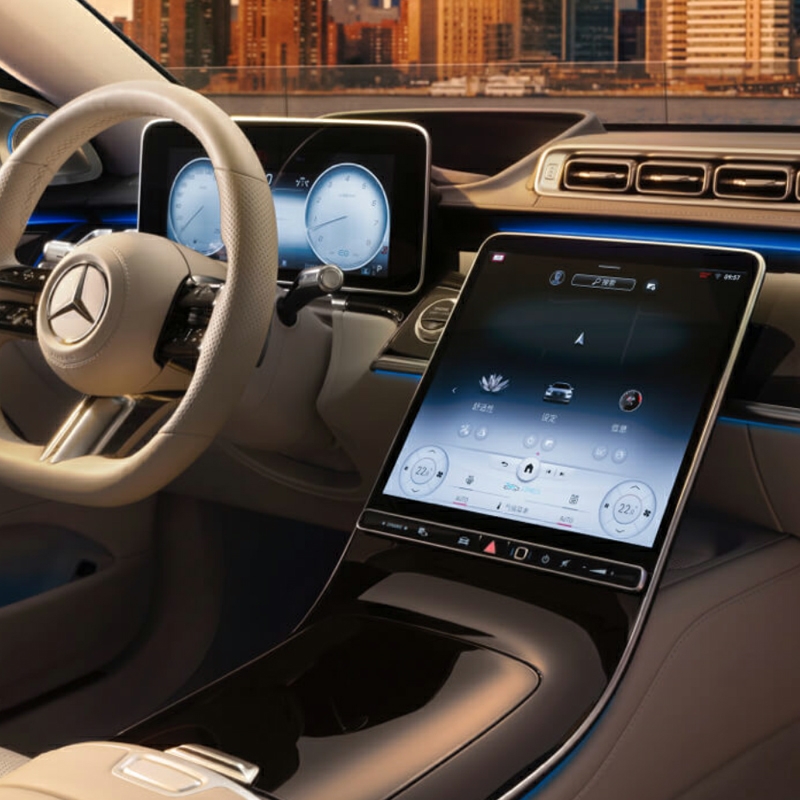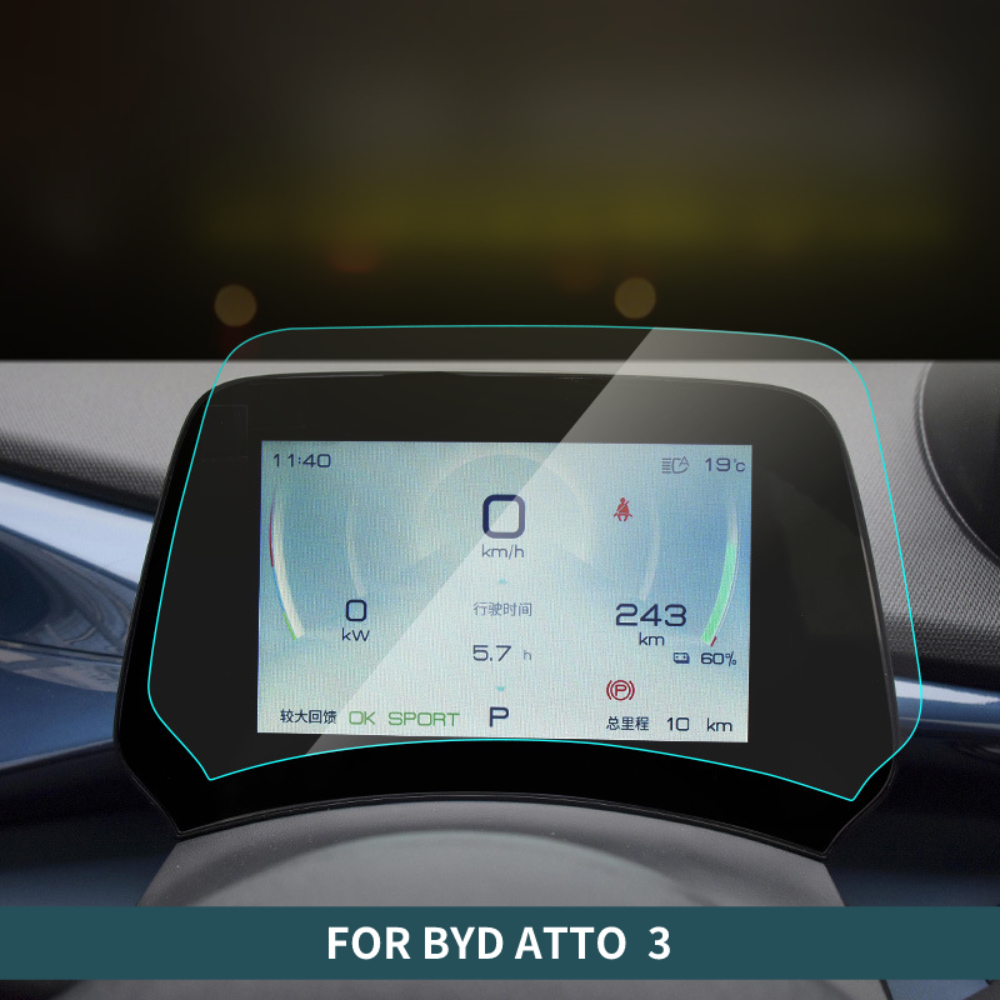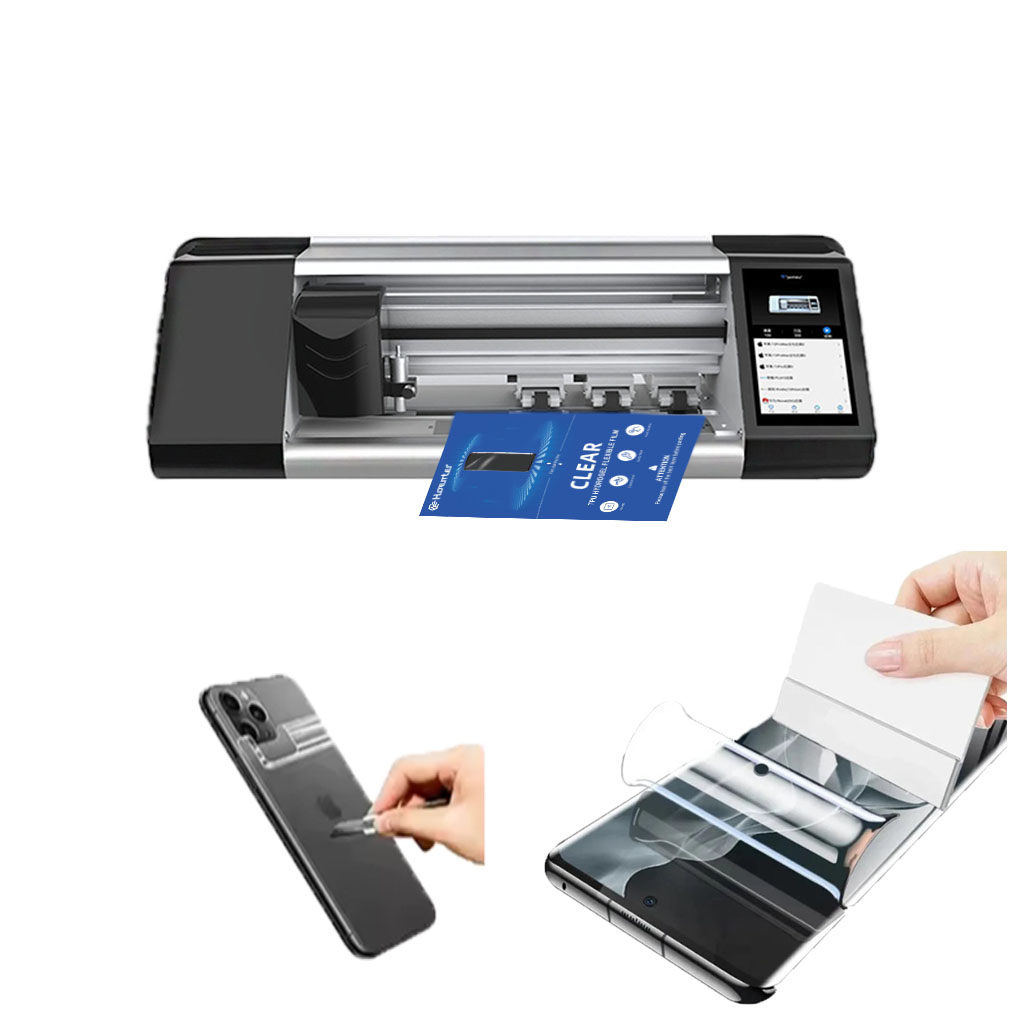
Is Silicone Screen Protector Good?
Spis treści
Podsumowanie
- Ochraniacze ekranu are essential for protecting smartphone screens from damage.
- Silicone protectors are affordable and provide basic scratch protection.
- Szkło hartowane offers superior impact resistance and screen clarity.
- Plastic protectors are cost-effective but may lack durability.
- TPU protectors combine flexibility with durability.
- The choice of screen protector should consider your device’s needs and your budget.
- Proper installation of a screen protector is crucial for optimal performance.
1. What is a Screen Protector and Why Do You Need One?
Screen protectors are thin layers applied to smartphone screens, acting as a shield against scratches, cracks, and other forms of damage. In a world where our phones are constantly at risk from keys, coins, or accidental drops, a good screen protector is an essential accessory.Using a screen protector can significantly decrease the chances of costly repairs. With smartphones being an integral part of our lives, ensuring their screens remain clear and functional is paramount. A single scratch can disrupt the viewing experience, and in some cases, affect the device’s functionality.
2. Understanding Silicone Screen Protectors
Silicone screen protectors are crafted from flexible silicone material, making them lightweight and easy to apply. They offer a soft-touch feel, which can enhance the tactile experience of using your smartphone. Unlike tempered glass, silicone is resilient to fingerprints and smudges, maintaining a cleaner screen for longer periods.One key advantage of silicone is its affordability. For users seeking a budget-friendly option that offers basic protection against scratches and minor bumps, silicone is an excellent choice. However, it may not provide the same level of impact resistance as tempered glass.
3. Exploring Tempered Glass Screen Protectors
Tempered glass protectors are renowned for their robustness and clarity. Made from toughened glass, these protectors can withstand significant impact, offering superior protection against drops and scratches. They provide a smooth, glass-like feel, closely resembling the original phone screen.Moreover, tempered glass protectors come with additional features like anti-glare and blue light filtering, enhancing the user experience. For those who prioritize screen clarity and durability, tempered glass is often the go-to choice.
4. Silicone vs Tempered Glass: Which Offers Better Protection?
Porównując silicone and tempered glass protectors, the choice boils down to protection versus cost. Tempered glass generally offers better protection against high-impact drops, reducing the likelihood of screen shattering. On the other hand, silicone is more affordable and provides adequate protection against everyday scratches.The decision ultimately depends on your lifestyle and how much you’re willing to invest in protecting your device. For high-risk environments, tempered glass is preferable. For casual use, silicone might suffice.
5. How Does a Plastic Screen Protector Compare?
Plastic screen protectors are another popular option, known for their thin and lightweight design. They are less durable than silicone or tempered glass but offer basic protection against scratches and dirt. Plastic protectors are often the most cost-effective, making them appealing for users on a tight budget.However, they are prone to bubbling during application and might not provide the tactile satisfaction or clarity of glass or silicone options. Users seeking a temporary solution might find plastic protectors suitable.

6. The Role of TPU in Screen Protection
TPU, or thermoplastic polyurethane, is a hybrid material that combines the flexibility of silicone with the durability of plastic. TPU protectors are known for their self-healing properties, which can mend minor scratches over time. This feature makes them unique among other types of screen protectors.TPU protectors offer a good balance of protection and flexibility, making them suitable for those who want a bit more than basic protection without the cost of tempered glass.
7. Choosing the Right Screen Protector for Flagship Smartphones
Flagship smartphones, with their advanced displays and hefty price tags, deserve top-notch protection. For these premium devices, it’s crucial to choose a protector that does not compromise on clarity or touch sensitivity.Tempered glass is often recommended for flagship devices due to its superior protection and preservation of screen quality. However, for users who frequently replace their screens or prefer a more touch-sensitive material, high-quality silicone or TPU options might be considered.
8. Do Good Screen Protectors Enhance Smartphone Longevity?
A well-chosen screen protector can indeed enhance the longevity of a smartphone by preventing scratches and cracks that can lead to more serious issues. While a screen protector alone won’t make your phone last forever, it can certainly prolong its aesthetic and functional appeal.By minimizing damage, screen protectors help maintain the device’s resale value and ensure that the screen remains responsive and clear throughout its lifespan.
9. How to Install a Screen Protector Perfectly
Installing a screen protector can be a daunting task, but with a few simple steps, you can achieve a perfect fit. Start by cleaning the smartphone screen thoroughly to remove dust and fingerprints. Align the protector with the screen, ensuring all edges match perfectly.Once aligned, press down gently from the center, allowing the adhesive to work its way to the edges. Use a soft cloth to smooth out any bubbles. A properly installed protector will appear seamless and provide optimal protection.
10. Final Verdict: One is Better, But Which?
In the debate of silicone vs tempered glass, the winner depends on individual needs. For those prioritizing maximum protection and screen clarity, tempered glass is superior. However, if cost and ease of application are more important, silicone might be the better choice.Ultimately, both types of protectors offer unique benefits, and the choice should align with your lifestyle, budget, and smartphone use.

Komentarze
Tagi

Ile kosztuje naprawa ekranu telefonu?
Zrozumienie kosztów naprawy stłuczonego ekranu telefonu jest kluczowe dla podjęcia świadomej decyzji.
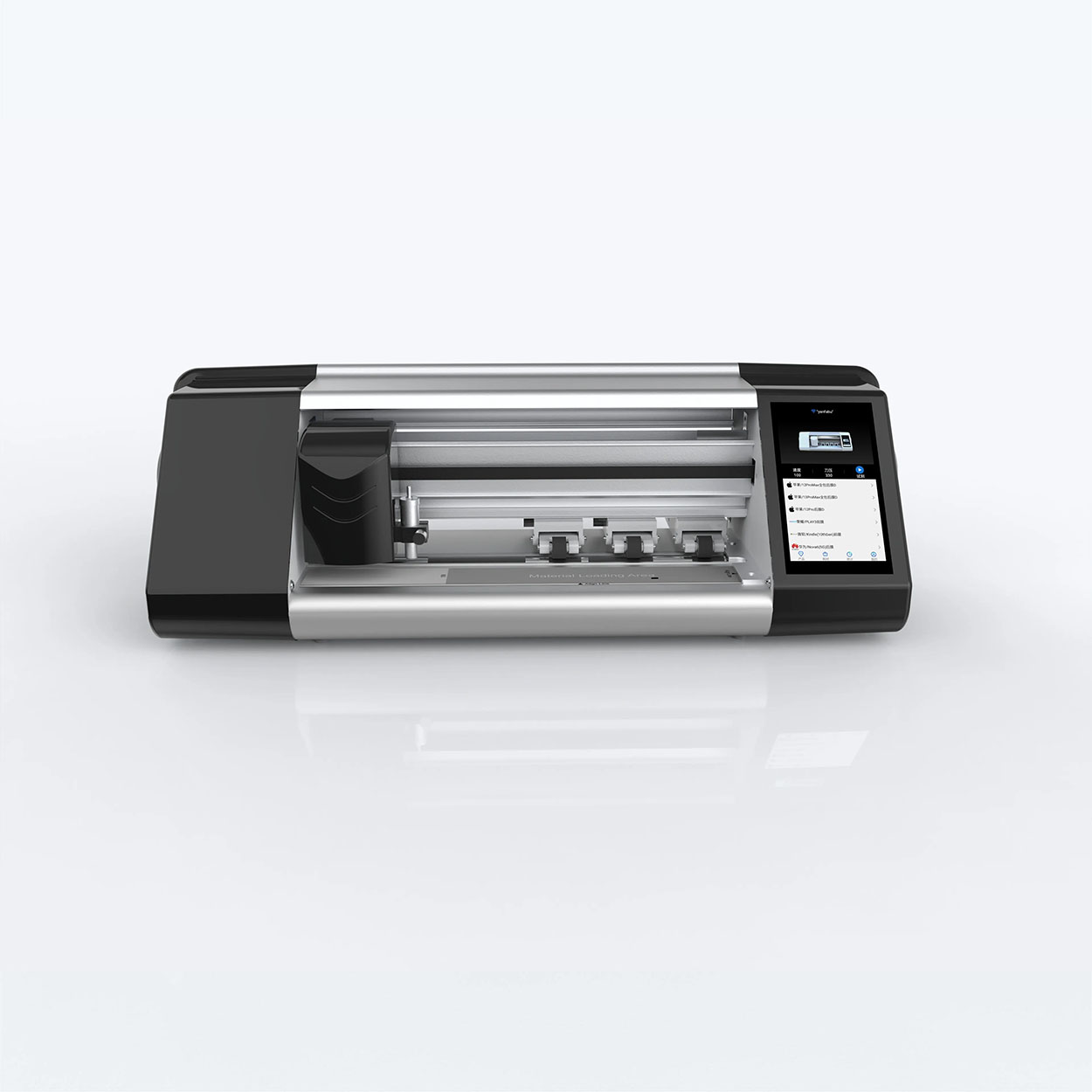
Hurtowa maszyna do cięcia hydrożelowych ochraniaczy ekranu
Strona główna Email What'sApp Parametry produktu STEROWANIE : Sterowanie przez aplikację / Bluetooth EKRAN DOTYKOWY LCD : 5,5″ HD z systemem ŁĄCZNOŚĆ : WIFI

EPU Matowa folia hydrożelowa chroniąca ekran przed odciskami palców
EPU Hydrogel Film Screen Protector oferuje wszechstronną, wysokowydajną ochronę dla szerokiej gamy urządzeń, w tym smartfonów, tabletów i smartwatchów. Jego uniwersalna kompatybilność z maszynami do cięcia folii do telefonów sprawia, że jest to idealny wybór dla różnych modeli, zapewniając bezproblemową aplikację i pełne pokrycie krawędzi. Dzięki zaawansowanym funkcjom, takim jak ochrona przed odciskami palców, wodoodporność i technologia samoregeneracji, ten ochraniacz ekranu nie tylko utrzymuje nieskazitelny wyświetlacz, ale także zapewnia trwałą ochronę przed zadrapaniami, odblaskami i codziennym zużyciem. Zarówno do użytku osobistego, jak i profesjonalnych maszyn do cięcia, ta hydrożelowa folia zapewnia niezawodną wydajność i długotrwałą przejrzystość ekranu.
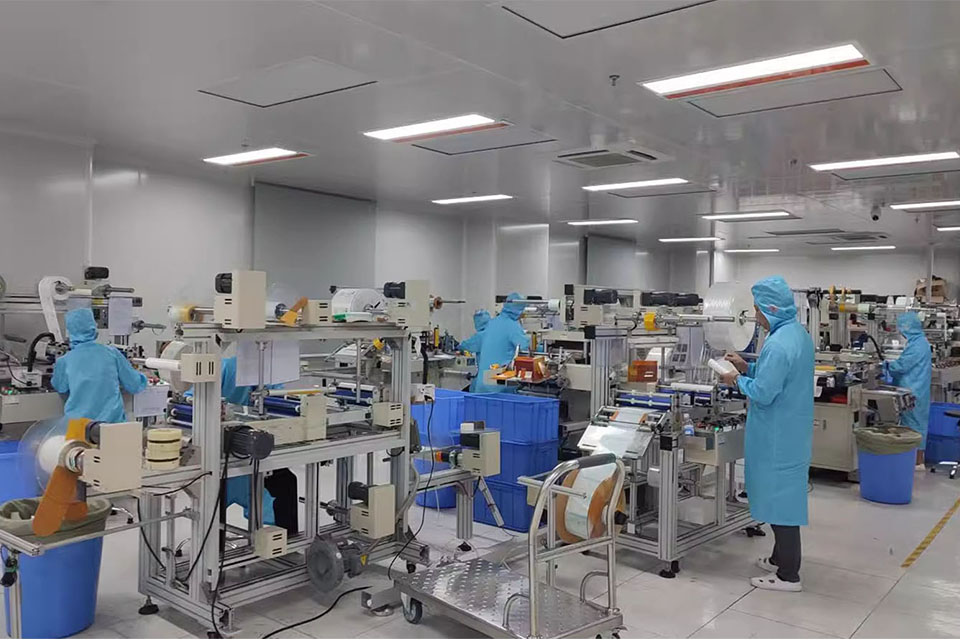
Wskazówki, jak usunąć bąbelki z osłony ekranu
Czy jesteś sfrustrowany tymi nieznośnymi pęcherzykami powietrza, które rujnują wygląd nowo nałożonego ochraniacza ekranu? Nie jesteś sam. Wielu użytkowników smartfonów zmaga się z usuwaniem pęcherzyków powietrza z ekranu po nałożeniu nowego zabezpieczenia ekranu. W tym kompleksowym przewodniku omówimy skuteczne metody usuwania pęcherzyków powietrza z ochraniacza ekranu, zapewniając płynny i wyraźny wyświetlacz urządzenia. Niezależnie od tego, czy masz do czynienia ze szklanym, czy plastikowym zabezpieczeniem ekranu, mamy dla Ciebie porady i wskazówki ekspertów.

Zrozumienie kosztów maszyn do cięcia ochraniaczy ekranu: Czego się spodziewać
Rosnący popyt na urządzenia mobilne i akcesoria sprawił, że maszyny do cięcia ochraniaczy ekranu stały się niezbędną inwestycją dla firm z branży.
Znajdź całą wiedzę i trendy z naszego bloga, uzyskaj hurtową cenę i najlepszą jakość z naszej fabryki.

Jaka maszyna do cięcia folii i jej zastosowanie
Maszyny do cięcia folii odegrały kluczową rolę w ewolucji produkcji filmowej i różnych procesów przemysłowych, umożliwiając precyzyjne cięcie i łączenie materiałów filmowych.

Co to jest maszyna do cięcia ochraniaczy ekranu?
Maszyna do cięcia ochraniaczy ekranu to specjalistyczne urządzenie zaprojektowane do produkcji niestandardowych ochraniaczy ekranu dla różnych urządzeń elektronicznych, w tym smartfonów, tabletów, smartwatchy, laptopów i monitorów.

Jak działa maszyna do cięcia ochraniaczy ekranu telefonu komórkowego?
Maszyna do cięcia ochraniaczy ekranu telefonu komórkowego jest zaawansowanym urządzeniem zaprojektowanym
do produkcji niestandardowych ochraniaczy ekranu dla różnych urządzeń cyfrowych z wysoką ceną
i wydajność.

Charakterystyka szkła hartowanego na telefon komórkowy i ochraniacza ekranu TPU na telefon komórkowy
Ochraniacze ekranu z termoplastycznego poliuretanu (TPU) są elastyczne, trwałe i wytrzymałe.
samoregenerujące się folie z tworzyw sztucznych przeznaczone do ochrony ekranów urządzeń elektronicznych przed
zadrapania, uderzenia i inne potencjalne uszkodzenia.

Rewolucja w ochronie urządzeń dzięki maszynie do cięcia osłon ekranu
Niezależnie od tego, czy posiadasz smartfon, tablet czy smartwatch, to wszechstronne urządzenie obsługuje szeroką gamę urządzeń. Płynnie dostosowuje się do wymiarów gadżetu, oferując niestandardowe dopasowanie, którego nie można dopasować do ogólnych ochraniaczy.

Dożywotnia gwarancja na osłonę ekranu
Dożywotnia gwarancja na ochraniacz ekranu to gwarancja udzielana przez producentów, która
obiecuje naprawę lub wymianę osłony ekranu przez cały okres użytkowania produktu, na określonych warunkach.


